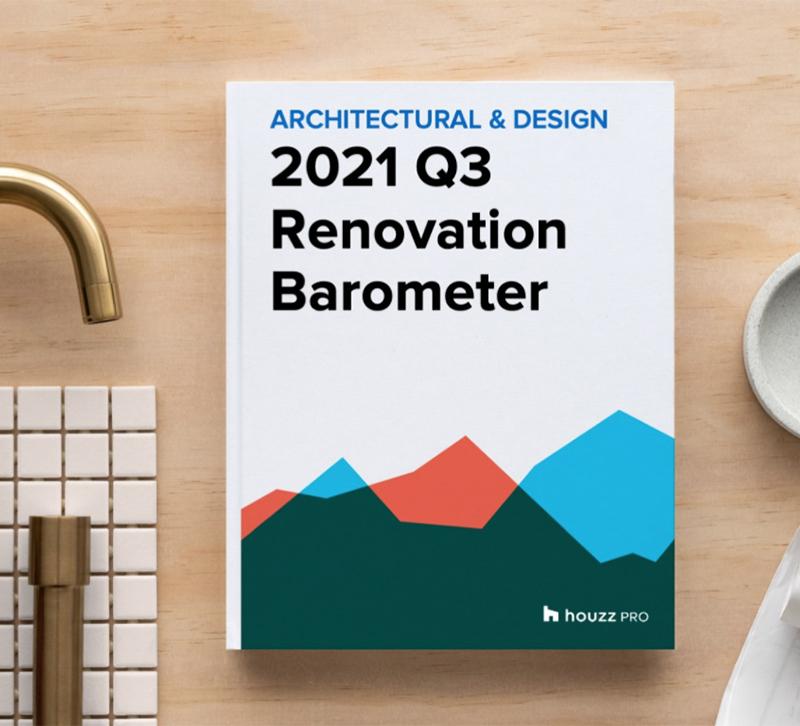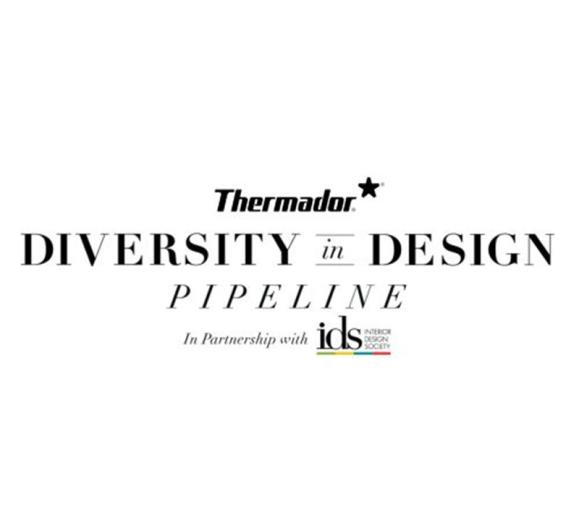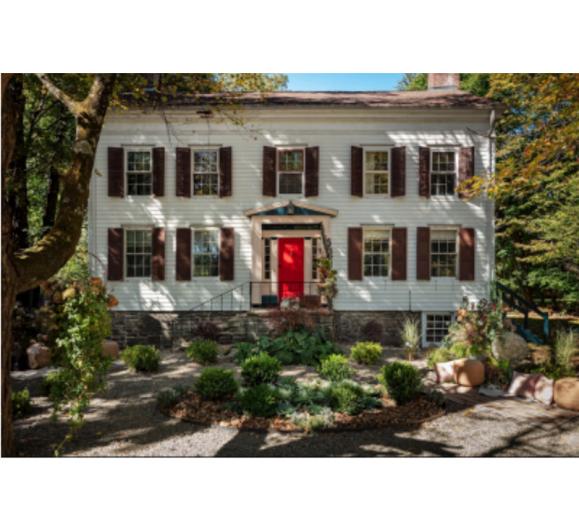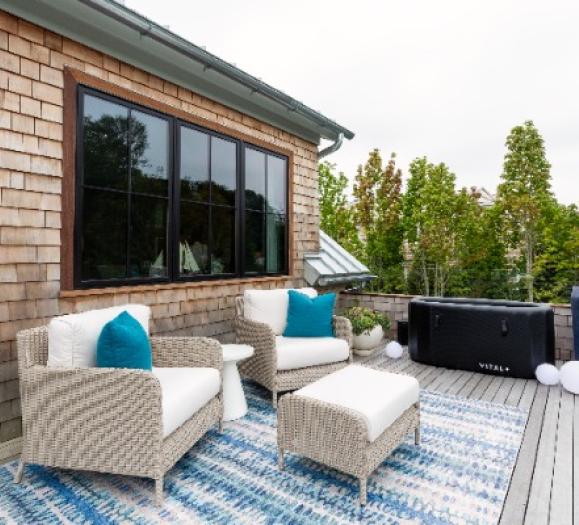Houzz Inc. has released the Q3 2021 Houzz Renovation Barometer, which tracks residential renovation market expectations, project backlogs and recent activity among businesses in the construction sector and the architectural and design services sector in the United States. The Houzz Barometer reveals that construction professionals experienced their busiest quarter since the Barometer began in 2015. Confidence among construction and design businesses for home renovation activity continues into the third quarter of the year.
“The residential construction and design industry has continued to thrive under strong demand. In fact, our Expected Business Activity indicators are at some of the highest levels we’ve seen across both sectors since we began tracking the Barometer,” said Marine Sargsyan, Houzz Senior Economist. “Heightened activity is not without its challenges. Supply chain delays, extreme weather patterns, rising product and material costs and labor shortages create major headwinds for the industry. Specifically, more than nine in 10 construction businesses report labor shortages, including carpenters, laborers, framers, cabinet specialists and plumbers. That said, favorable conditions prevail and professionals are confident about business performance through the end of the year.”
Q3 2021 Construction Sector Barometer
In the construction industry, build-only remodelers and design and build remodelers are aligned in their reporting of recent and anticipated business performance.
The Expected Business Activity Indicator related to project inquiries and new committed projects increased to 76 in Q3 (compared to 73 in Q2). Expectations for project inquiries grew significantly to 79 compared to 75 in Q2 and new committed projects rose slightly to 73 (up three points relative to Q2).
The Project Backlog Indicator increased to 10.8 weeks in Q3, which is more than a month longer than a year ago (6.2 weeks). Wait times have returned to levels previously reported in July 2018.
The Recent Business Activity Indicator related to project inquiries and new committed projects increased substantially to 82 in Q2 (compared to 73 in Q1). This is driven by continuing growth in project inquiries, which increased to 84 in Q2 (up five points relative to Q1), and by substantial rise in new committed projects to 81 (up 14 points relative to Q1).
Q3 2021 Architectural and Design Services Sector Barometer
Responses for recent and anticipated performance diverge somewhat among the two subsectors of architectural and design services. While confidence remains high, architects are not quite as optimistic about Q3, reporting lowered expectations than last quarter for new committed projects. Interior designers continue to have a more positive outlook, anticipating an increase in project demand.
The Expected Business Activity Indicator related to project inquiries and new committed projects decreased to 70 in Q3 (compared to 74 in Q2). Expectations declined significantly for project inquiries to 70 (down seven points, compared to Q2) and remained the same for new committed projects at 70 in Q3.
The Project Backlog Indicator decreased to 7.2 weeks in the beginning of Q3, which is 2.7 weeks longer than a year ago (4.5 weeks). Long wait times are driven by the highest reported backlogs by interior design firms since the Houzz Barometer began tracking this information in July 2017.
The Recent Business Activity Indicator related to project inquiries and new committed projects declined slightly to 72 in Q2 (compared to 75 in Q1), while still significantly higher than business activity reported since 2015. This is driven by a slight decrease in project inquiries to 74 (down two points in Q2 relative to Q1), and a decrease in new committed projects to 71 (down four points relative to Q1).
Costs and Shortages Impacting Home Renovation and Design
More than three quarters of businesses in both the construction and architectural and design services sectors report that product and material shortages and costs impacted their businesses in Q2, while more than half of firms in both sectors report labor shortages and costs impacted their businesses.
Specifically, more than nine in 10 businesses across sectors reported increases in costs for lumber, copper, steel and aluminum in Q2, however approximately half of businesses do not believe that costs will continue to increase in Q3. Additional materials that construction pros anticipate to increase in cost include plastic, concrete, paint, foam and drywall. Interior designers anticipate increased prices for appliances, furniture and cabinetry in Q3.
More than nine in 10 construction businesses (92 percent) report moderate to severe skilled labor shortages in Q3, with carpenters, laborers, framers, cabinet specialists and plumbers in particularly short supply (58, 50, 43, 30 and 38 percent, respectively). Forty percent of pros report shortages in cabinet specialists, up from 21 percent in 2019. Shortages for plumbers, painters, framers, concrete specialists and flooring specialists, saw a nine percentage point or more increase from 2019, as well.







